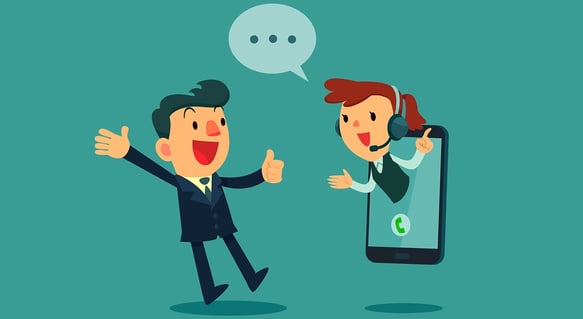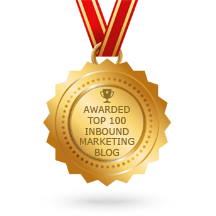
I mentioned in last weeks article, how top marketers are prioritising the customer experience – focusing on the Customer Journey Strategy. In that article you can learn how to map content to each stage of the customer’s journey to ensure it is relevant to your buyers.
In this weeks article I will be continuing the same theme about the customer journey and how technology and smart content are critical for customers to have a positive experience with your company.
The State of Marketing 2016 study conducted by Salesforce revealed that to keep pace with the dynamic marketing industry and support smarter marketing communications, high-performing teams are investing in tools and technology. With seventy-two percent of high performing marketers to increase spending on marketing tools and technology in the next two years. Among this group, 48% will increase spending substantially. While high performers lead the pack, this trend isn’t limited to top teams. Amongst marketers at all performance levels, 63% will increase spending on marketing tools and technology over the next two years.
What is smart content?
Also known as dynamic content, it is content that is personalised or customised to a customer’s individual needs. Not to be confused with personalisation for example: “Dear John”, rather than “Dear customer”, smart content is driven by the customers actions and intelligently customised based on what is known about them. For example if a buyer downloads an ebook about widgets, then you can use marketing automation tools to send them an email that offers more information about widgets. If they come back to your website and visit the product page about widgets you may then send them an email that includes a case study from another company highlighting the benefits they got from the widgets. See how the individual’s behaviour drives the marketing? This is why its important to spend the time to understand the buyer’s journey and what information they’re looking for at each stage. Other ways you can use smart content is to offer returning customers, or leads, different information on your website to those who are new to your site. For example, if someone is returning to your site and they have already downloaded the ebook on widgets you don’t want to show them this again, you can offer them something else that is relevant to where they are in the buyers journey, like a case study.
Why is smart content so important?
Smart content enriches the customer experience and leads users on a personal buyers journey from start to finish.
According to a study conducted by Harris Interactive and Janrain, 74% of consumers are left unsatisfied when websites do not align their content with an individual’s interests.
On their website, Hubspot says –“Data shows that personalized content drastically improves the performance of your website and the engagement of your visitors. HubSpot looked at the data for more than 93,000 calls to action created using HubSpot over a 12 month period and discovered that calls-to-action targeted to the user performed 42% better than calls-to-action that were generic. Investing time in setting up and utilizing smart content in your website has certainly shown to be worth the effort.”
Smart content, when executed well, will enhance a buyer’s experience with your company online, help them along their buyer’s journey, and help you convert more visitors into leads, and leads into customers. It will also improve an existing customer’s experience with your company, reducing churn and increasing brand advocates.
What technology is required to implement smart content?
First, you need a website platform that has the ability to gather individual’s details and track their actions – this is done by using ‘cookies’. We use HubSpot for all our marketing and sales so this section does have a bias towards HubSpot – although I don’t mean for it come across as a push for HubSpot – it’s just that this is all I know.
HubSpot’s marketing platform is driven by contacts. So when someone visits your site and converts on an offer, eg: they give you their email address. Hubspot is then able to gather data from this person based on their actions on your site – what pages they view, other content they download, emails they open and what they click on. This insight enables you, as the marketer, to create a more personalised and customised experience with your brand – enhancing the customer experience because it is relevant to them.
Because HubSpot’s email and marketing automation tools are integrated with the website tool, marketers can easily create workflows that are influenced by people’s actions and personalised by the data they have shared with you. Calls to action and offers are also integrated with the HubSpot marketing tool enabling marketers to again customise what is offered to new visitors, leads and customers.
I am sure there are other technologies that offer this functionality so use this as a base to evaluate the right tool for you. However, one thing I would like to point out is the reason we use HubSpot is because everything is integrated – and a lot of time is saved having all tools work from the same data source.
I hope this article has helped you better understand the important of smart content and why you need to incorporate it into your marketing strategy, as well as how to do it using the right tools and software.

